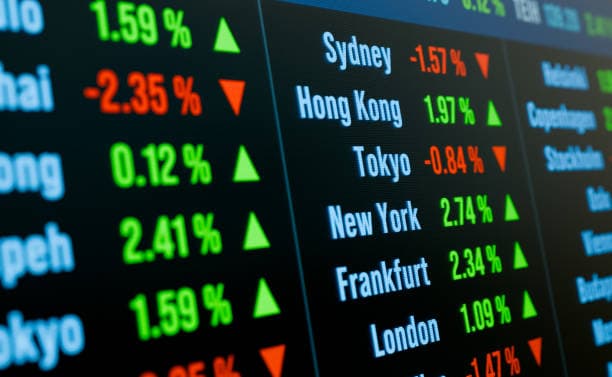The thrill of the trade, the rush of adrenaline as the market swings, and the satisfaction of a well-executed strategy are what make market trading such an exhilarating adventure. But, like any adventure, it requires preparation, knowledge, and above all, effective risk management techniques. These are the tools that keep your ship steady in the stormy seas of the market.
Understanding Market Risks
Every market trader must first understand the risks inherent in trading. Market risks are the potential for losses due to market fluctuations. These can be caused by a variety of factors, from economic indicators to political events, and even social trends. Recognizing these risks is the first step in managing them. By staying informed about global events and market trends, traders can anticipate potential shifts and adjust their strategies accordingly.
The Art of Diversification
Diversification is a key risk management technique in Market trading. It involves spreading investments across various assets to reduce the impact of a single investment’s poor performance. By diversifying, traders can mitigate the risk of a single market or asset class causing significant losses. This approach is not just about spreading the wealth; it’s about spreading the risk too.
Setting Stop-Loss Orders
Stop-loss orders are a trader’s best friend in the market. They are pre-set instructions to sell a security when it reaches a certain price, limiting the potential loss. This technique is crucial for managing risk because it automates the decision to exit a trade when the market moves against your position. It’s a safety net that ensures you won’t be caught holding a losing trade for too long.
Position Sizing: The Key to Survival
Position sizing is the process of determining how much capital to risk on a single trade. It’s a critical aspect of risk management because it directly affects your trading account’s longevity. By sizing your positions appropriately, you ensure that a single bad trade won’t wipe out your account. It’s about balancing the potential for profit with the need to preserve capital.
The Discipline of Risk-Reward Ratios
Every trade should have a clear risk-reward ratio, which is the potential profit compared to the potential loss. A favorable ratio encourages traders to take trades with a higher probability of success. This ratio helps in managing risk by ensuring that the potential gain is worth the risk taken. It’s a disciplined approach that keeps traders focused on the value of each trade.
The Power of Leverage
Leverage can amplify both gains and losses in market trading. While it’s tempting to use high leverage for the potential of higher profits, it also increases the risk of significant losses. Traders must understand the power of leverage and use it wisely. It’s a tool that can be a double-edged sword; used correctly, it can enhance returns, but misused, and it can lead to disaster.
Staying Ahead with Technical Analysis
Technical analysis is the study of historical market data, primarily price and volume, to predict future market movements. It’s a risk management technique that helps traders identify trends and make informed decisions. By understanding the patterns of the market, traders can anticipate movements and manage their risk accordingly.
The Importance of Emotional Control
Emotions can be a trader’s worst enemy. Fear and greed can lead to poor decision-making and increased risk. Managing emotions is a vital part of risk management. Traders must develop the discipline to stick to their trading plan and not let emotions dictate their actions. It’s about maintaining a cool head in the heat of the market.
Continuous Learning and Adaptation
The market is constantly evolving, and so should a trader’s strategies. Continuous learning and adaptation are essential for managing risk in an ever-changing market. Traders must stay updated with the latest market trends, economic news, and trading techniques to adapt their strategies and manage risk effectively.
Conclusion
Market trading is a dynamic and complex endeavor that requires a solid grasp of risk management techniques. By understanding market risks, diversifying investments, setting stop-loss orders, managing position sizes, focusing on risk-reward ratios, using leverage wisely, employing technical analysis, controlling emotions, and continuously learning and adapting, traders can navigate the market with confidence and reduce the potential for losses. These techniques are not just about surviving the market; they’re about thriving in it.




